
When your body is in rhythm, you feel it. You wake up rested, your energy is stable, your hunger makes sense, and there’s a quiet clarity in your thoughts. But when things are off—even subtly—it can feel like you’re trying to live in a body that no longer quite belongs to you.
Maybe you’re bloated after every meal. Maybe you’re exhausted, craving sugar at night, or tearful for no clear reason.
You’re not imagining it.
Hormones are your body’s messengers. They respond not just to your menstrual cycle, but to stress, sleep, inflammation, gut health, detox pathways—and especially, food. From a functional medicine perspective, your daily nourishment can either help restore hormonal harmony or deepen the imbalance.
Here are seven powerful, everyday foods that gently support hormone balance by reducing inflammation, supporting detoxification, stabilizing blood sugar, and feeding your gut microbiome.
1. Ground Flaxseeds
Rich in plant lignans, flaxseeds can support estrogen metabolism—especially during PMS, perimenopause, or estrogen dominance. Lignans bind to estrogen receptors and help modulate estrogen levels in the body, while the fiber supports regular bowel movements—one of the key ways we eliminate excess hormones.
→ Tip: Add a tablespoon of freshly ground flax to your morning smoothie or sprinkle it on roasted veggies or oatmeal.
Recipes from Our Kitchen
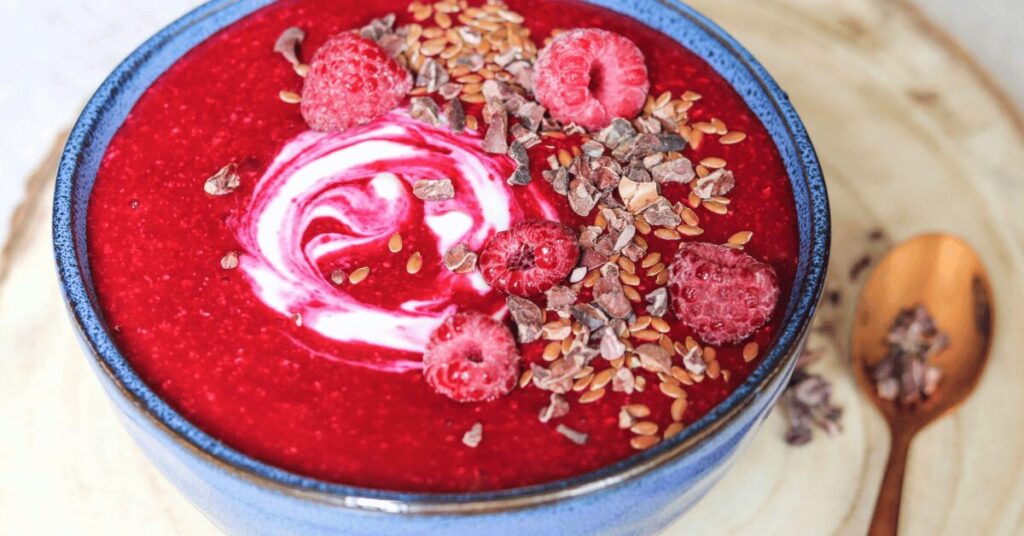
2. Cruciferous Vegetables
Think broccoli, cauliflower, kale, and Brussels sprouts. These are rich in sulforaphane and indole-3-carbinol, compounds that support Phase 1 and Phase 2 liver detox, especially the pathways that process estrogen.
If you’re feeling bloated, heavy, or emotionally off before your period, supporting estrogen clearance through these foods can help.
→ Tip: Steam lightly or roast with olive oil and lemon to support digestion and bioavailability.
Recipes from Our Kitchen

3. Avocados
Hormone production requires fat—and avocados offer a perfect mix of monounsaturated fats, fiber, and key nutrients like potassium and B vitamins. They help stabilize blood sugar, reduce inflammation, and support hormone synthesis.
→ Tip: A few slices with your eggs or tucked into a salad can ground your energy and reduce sugar cravings later in the day.
Recipes from Our Kitchen

4. Wild-Caught Salmon
Salmon is rich in omega-3 fatty acids, which are precursors for hormone production and crucial for reducing systemic inflammation—often the root of hormone-related symptoms like breast tenderness, anxiety, or mood swings.
It also supports the brain-hormone connection, helping to regulate cortisol and improve cell membrane sensitivity to hormonal signals like insulin and thyroid hormone.
→ Tip: Aim for 2–3 servings per week. Don’t love fish? Consider high-quality omega-3 supplements.
Recipes from Our Kitchen

5. Quinoa
This gluten-free seed is a complex carbohydrate with a complete amino acid profile—a rare trait in plant foods. It helps balance blood sugar, stabilize insulin levels, and reduce cortisol spikes that can disrupt hormone rhythms.
Chronic blood sugar swings are one of the most common root causes of estrogen, progesterone, and thyroid imbalances I see in practice.
→ Tip: Try it warm with roasted veggies or chilled in a salad with greens, avocado, and lemon.
Recipes from Our Kitchen
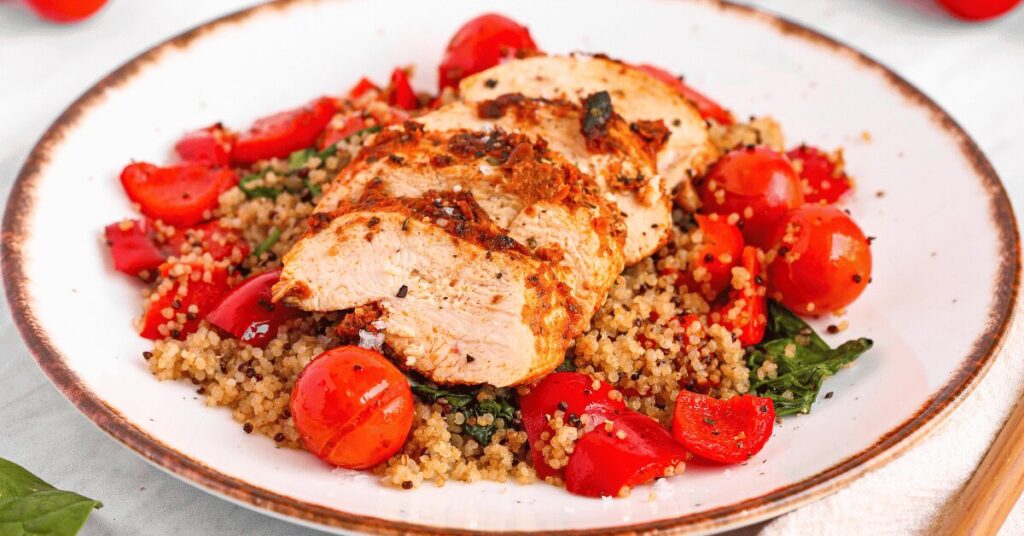
6. Coconut Yogurt
Your gut and your hormones are in constant communication—via the gut-brain-adrenal axis, immune system, and liver detox pathways. A healthy gut supports proper hormone metabolism, estrogen clearance, and neurotransmitter production.
Coconut yogurt (unsweetened and with live active cultures) provides probiotic support without the inflammatory potential of dairy, which can be a hormone disruptor for many women.
→ Tip: Enjoy it with chia seeds, flax, and berries for a hormone-friendly breakfast or snack.
Recipes from Our Kitchen
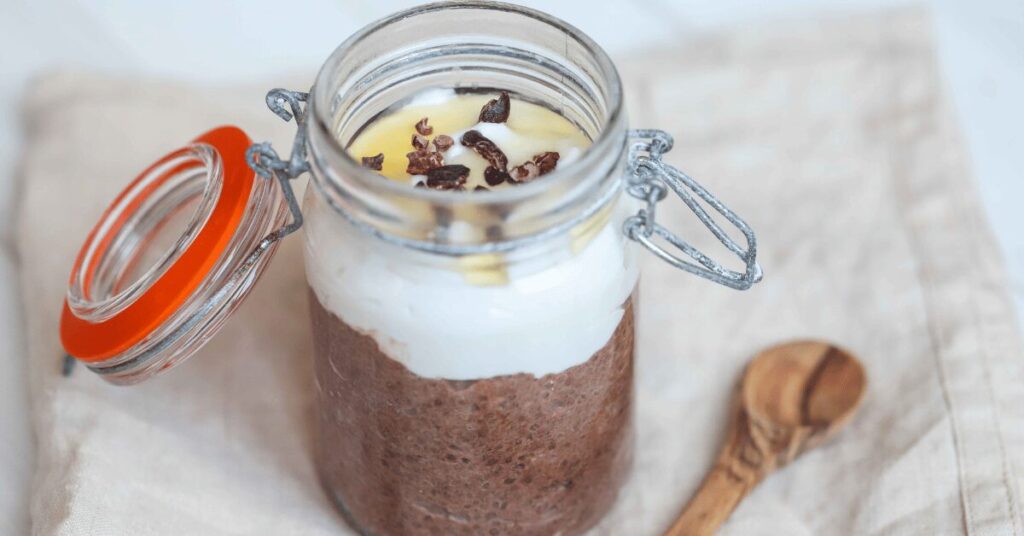
7. Dark Chocolate
Yes, real chocolate has a place here. Dark chocolate (70% or higher) is rich in magnesium, a mineral that supports over 300 enzymatic processes—many of them hormone-related. It can ease PMS, reduce stress-induced cortisol spikes, support thyroid function, and even help with insulin sensitivity.
→ Tip: A square or two in the evening may be more therapeutic than you think—especially when paired with a relaxing ritual.
Recipes from Our Kitchen
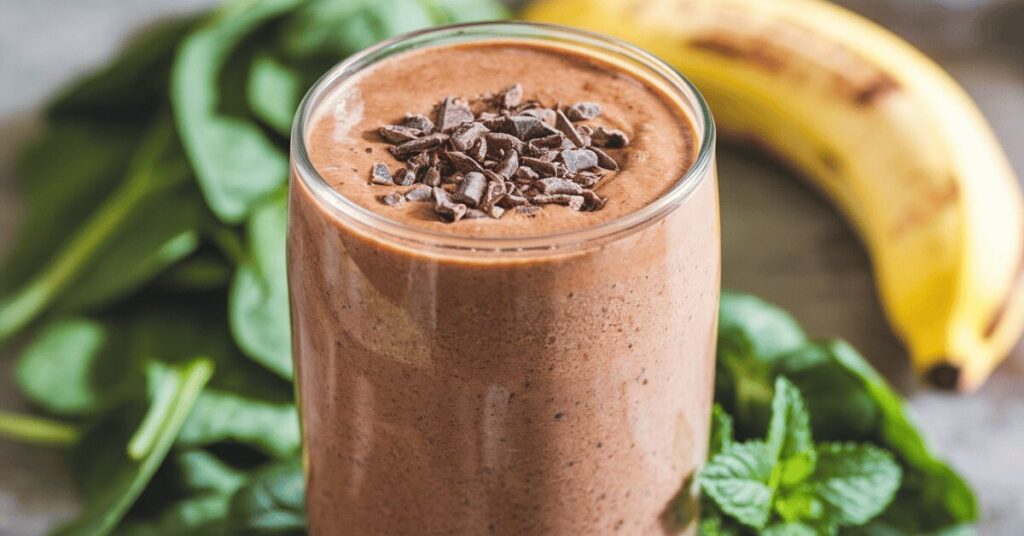
Start Small. Start Where You Are.
You don’t need to add everything at once. Let your body guide you toward what feels nourishing—not what feels like pressure. Maybe that’s flax in your smoothie. Maybe it’s roasting a pan of cruciferous veggies, or choosing coconut yogurt over dairy. Maybe it’s allowing yourself that square of dark chocolate—because pleasure is a nutrient too.
Your hormones are listening to everything: your stress levels, your sleep, your breath, your meals. Every small choice in the direction of nourishment is a step toward balance.
Not sure which hormones might be out of balance for you?
👉 Take the “How Balanced Are Your Hormones?” Quiz »
Get a free, personalized 13-page hormone report covering 8 key hormone systems, including:
✅ Your unique hormone balance snapshot
✅ Insights for energy, mood, sleep, metabolism, and reproductive health
✅ Functional medicine tips and actionable steps to start rebalancing today
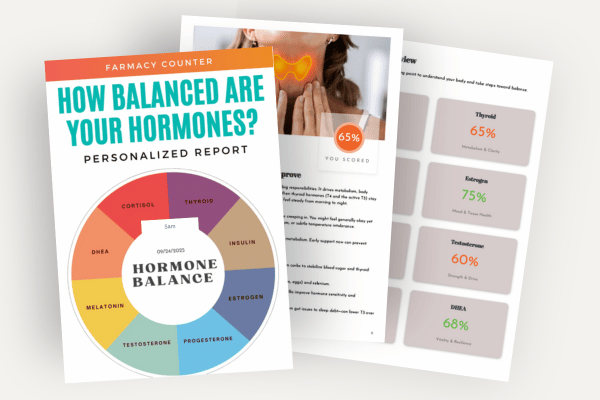
How Balanced are Your Hormones?
Take our 3-minute quiz to discover your unique hormone balance—and get a personalized 13-page report with insights and actionable steps to support energy, mood, sleep, metabolism, and reproductive health.






